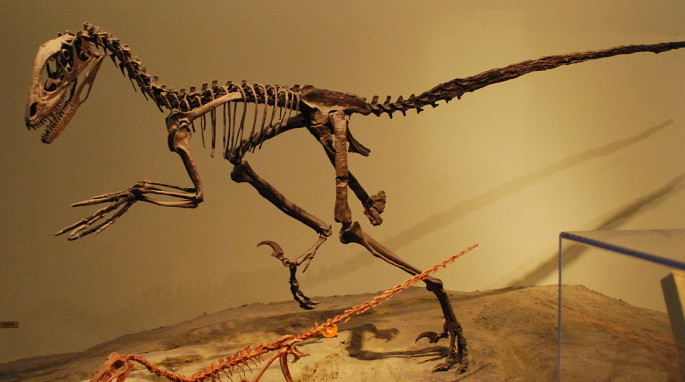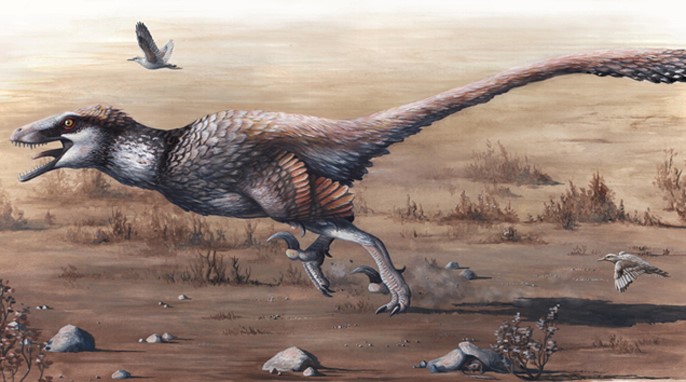Norwegian Sea Eagles
Scientifically known as Haliaeetus albicilla, these large raptors are commonly known as sea eagles or white-tailed eagles. By Steven Spence Two Names for One Eagle: Which Is Right? Scientifically known as Haliaeetus albicilla, these large raptors are commonly known as sea eagles or white-tailed eagles. “Sea eagle” is an accurate translation of the genus name, Haliaeetus, while “white-tailed” is accurate for the species name, albicilla. Since I photographed these birds in Norway, I shall refer to them as sea eagles, which is what the locals called them (Norwegian: Havørn). Where…
Read More




